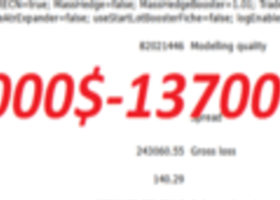
(29 November 2019)DAILY MARKET BRIEF 1:The fiscal stimulus package plan weakens JPY
The latest release of data clearly shows that further fiscal easing is undoubtedly needed to try to mitigate the slowdown in
private consumption in Japan. Despite a labor market stable although facing major challenges including an aging population and jobs
oversupply, worsening domestic consumption and factory output reinforce the argument that negative growth in 4Q 2019 is on its way as the
tax consumption hike and this year’s earthquakes and typhoon Hagibis have aggravated the situation. In this context, news of the broad
corporate financing and public work projects planned by Prime Minister Shinzo Abe’s government by year-end as well as the absence of
Beijing retaliation measures following the signature of the Hong Kong Human Rights and Democracy Act have maintained Japanese yen under
pressure. USD/JPY (+0.82 week-to-date) is currently trading above 109 at May 2019 range, although expectations for additional easing
from the Bank of Japan are decreasing for the year ahead.
With the publication of month-on-month and year-on-year October retail sales and industrial production at -14.40% (prior: 7.10%;
consensus: -10.40%), an historical low, and -7.10% (prior: 9.20%; consensus: -3.80%), lowest since March 2015, followed by -4.20%
(prior: 1.70%) and -7.40% (prior: 1.30%), with the automotive industry, machinery and household appliances most hit, it appears that
fiscal stimulus is more than needed to prop up growth. Even though the BoJ should stay in the background by maintaining borrowing costs at low
levels through its current yield curve control policy, the Japanese government is expected to provide a fiscal stimulus plan that would
support construction, incentivize companies to increase overseas investment while boosting farmers as both the Trans-Pacific
Partnership and the bilateral deal with the US should pressure margins in the sector.
By Vincent Mivelaz


